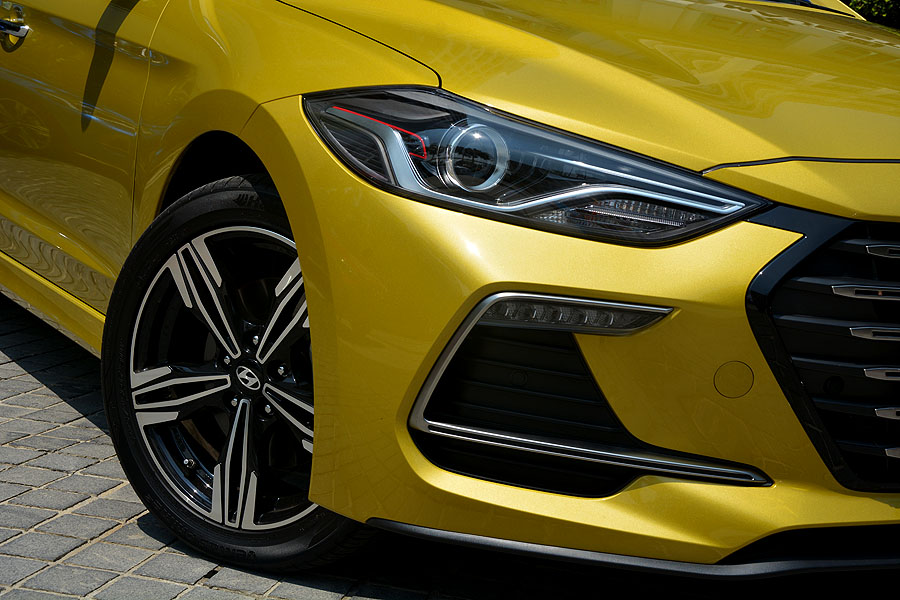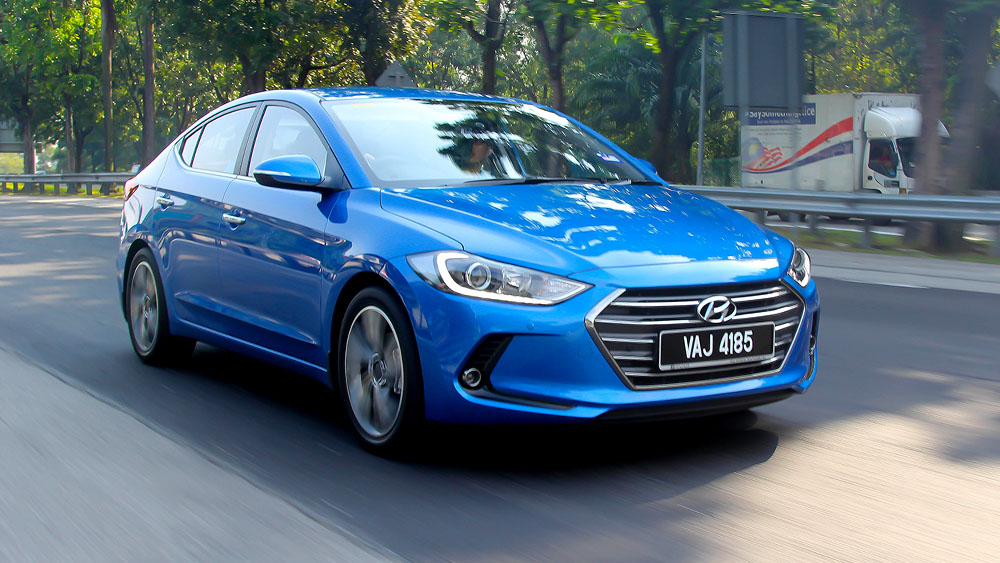
They’ve been rather quiet, haven’t they?
You mean Hyundai? Yes, and no. The last big launch before this was for the Ioniq, and that hybrid was something else. The specification was mighty (active cruise control, lane-keeping assist, etc…), it is a proper hybrid that is fuel efficient, and priced spot on. Too bad it doesn’t seem to be making the impact hoped.
As for the Elantra, yes, it has been quiet. Part of the problem is the leviathan that stand in its way: the Honda Civic. The reality is that the Malaysian market is small and there’s little room left for the Elantra to squeeze into, even taking into account Toyota’s disinterest in, ermm, selling era-relevant vehicles these past few years.
So how about the Elantra?
While the previous-gen Elantra was good, it just didn’t have the legs to run with the leaders – and we’re not talking about horsepower figure. The new Elantra, we’re told, offers a stronger package. The main motivation stems from a new engine – a 1.6-litre with direct injection and turbocharger. It goes into their top-spec Elantra Sport, making 203.6ps (not quite sure why the precision number), or 200.7bhp at 6,000rpm. It goes to the front-wheels of course, together with 264.78Nm (really Hyundai, what’s with the precise numbers?) between 1,500 and 4,500rpm.
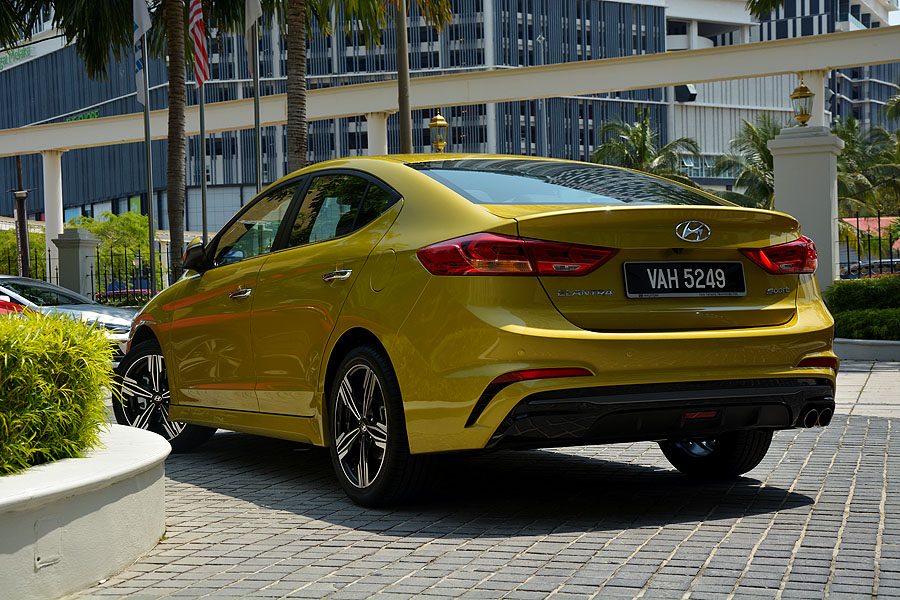
Any good?
It is, above everything else Hyundai did a good job in making the powertrain more refined. It’s like they’ve been doing small capacity force-fed engines for years. Okay, you’re not leaving tyre marks at traffic light acceleration tests but it is a major improvement over the last Elantra.
Funny thing is, it does not feel like that big of a jump over the current 2.0-litre naturally aspirated MPi engine in the Elantra 2.0 Executive and Dynamic variants. At least not as big a jump as I expected. If anything it is the 7-speed twin clutch gearbox in the 1.6L that lends a bigger say in performance. Gear shifts are not quite DSG-fast, but clearly more rapid that the 2.0L’s 6-speed automatic.
If looking at numbers, the 2.0L MPi makes 152ps and 192Nm of torque.
And since we’re talking numbers – and also of the Civic, before this – the Honda sedan with its 1.5L turbo engine makes 173ps and 220Nm. So the Elantra 1.6-litre T-GDi and its 204ps and 265Nm (there you go, nice round numbers) wins by a big margin.

And how about the Elantra’s design?
You may realise that the new car is less sleek than before. Basically, they’ve made it more mature with a less aggressive beltline and a bigger glasshouse. The grille is much larger than before too. Personally, the old one had the edge.
However, the new car sports nicer 17-inch alloys; yes, for both Elantra and Elantra Sport. Which brings me to the next point: Hyundai has made an effort to clearly differentiate between the two variants. This includes HID headlamps, and a more elaborate grille for the turbo. The 2.0L has projector headlamps and Daytime Running Lights that go upright, compared to the horizontal DRL on the top-spec variant. The tail lights for all cars use LEDs.
Having said that, there’s a finer line between the 2.0L Executive and Dynamic, namely foglamps which are only available in the latter. The executive, on the other hand, does not even have DRL.
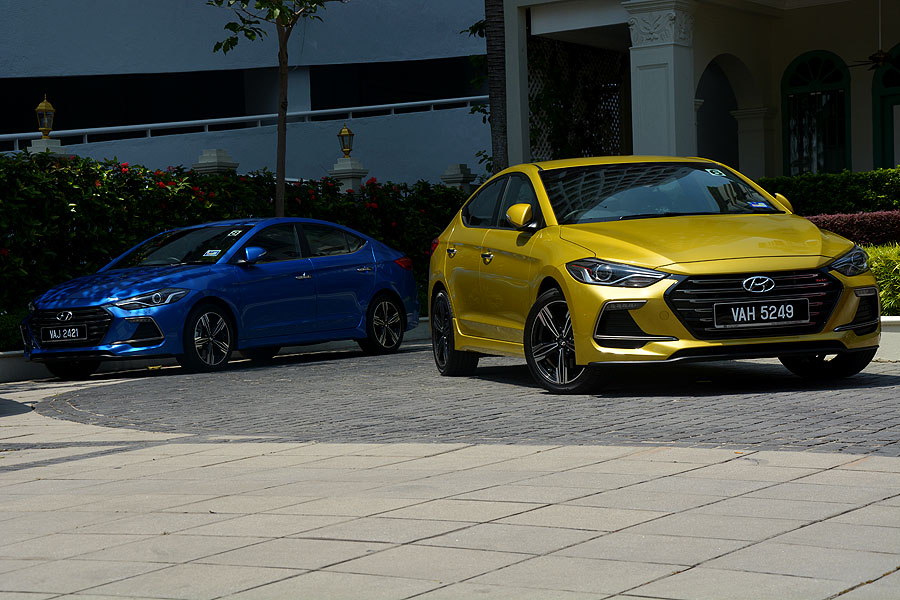
But really, how does it drive?
I would prefer a more pliant spring setting, but the dampers alone does a fine job for daily travels. Cabin is calm enough with only little amounts of road and tyre noise making its way into the working quarters. Steering is numb, but that’s not surprising, with motor driven steerings more often than not taking away feel in order to provide speed-dependant assist to the driver. Decent drive, basically. Note that the turbo has multi-link suspension at the rear while the 2.0L gets a torsion beam.
There’s Drive Mode too and this allows the drive to toggle between Normal, Sports, and Eco.
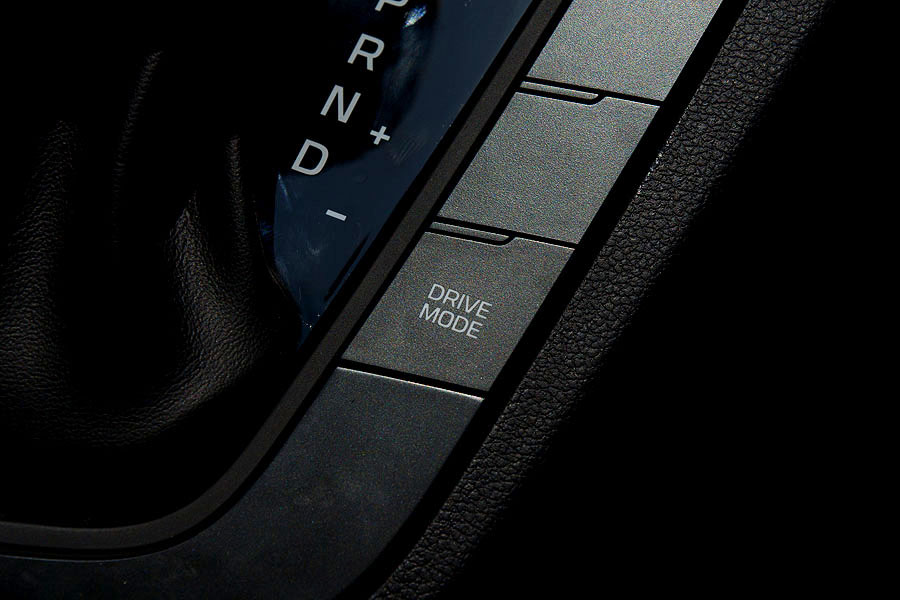
So is the 1.6T-GDi the one to buy?
Naturally, it has more kit and the best one to put up a decent fight with class contenders. It has leather seats, full auto air-cond, and paddle shifter. Other additions include rain sensor, and Blind Spot Detection with Rear Cross Traffic.
Interestingly, two very useful features are standard across the range which are the Tyre Pressure Monitoring System (TPMS), and Smart Trunk, which opens the boot automatically when the key is within three feet from the vehicle’s behind for more than three seconds.
Only thing is, the 1.6T-GDi is priced at RM131,488…

And what about that?
That puts it above the mid-spec Honda Civic 1.5 TC and right with the top-shelf 1.5 TC-P. Yes, the Elantra has features that the Civic does not (likewise, the Korean car also lacks some fitted in the Honda), but Malaysians are not yet known to be that adventurous. It’ll need quite a sedan to make any serious headway into the Civic territory.
… maybe, the new Elantra is that car.
